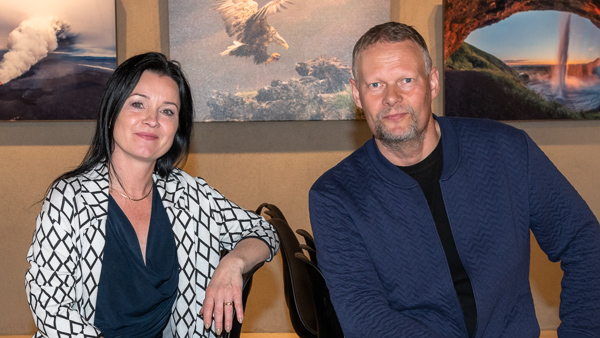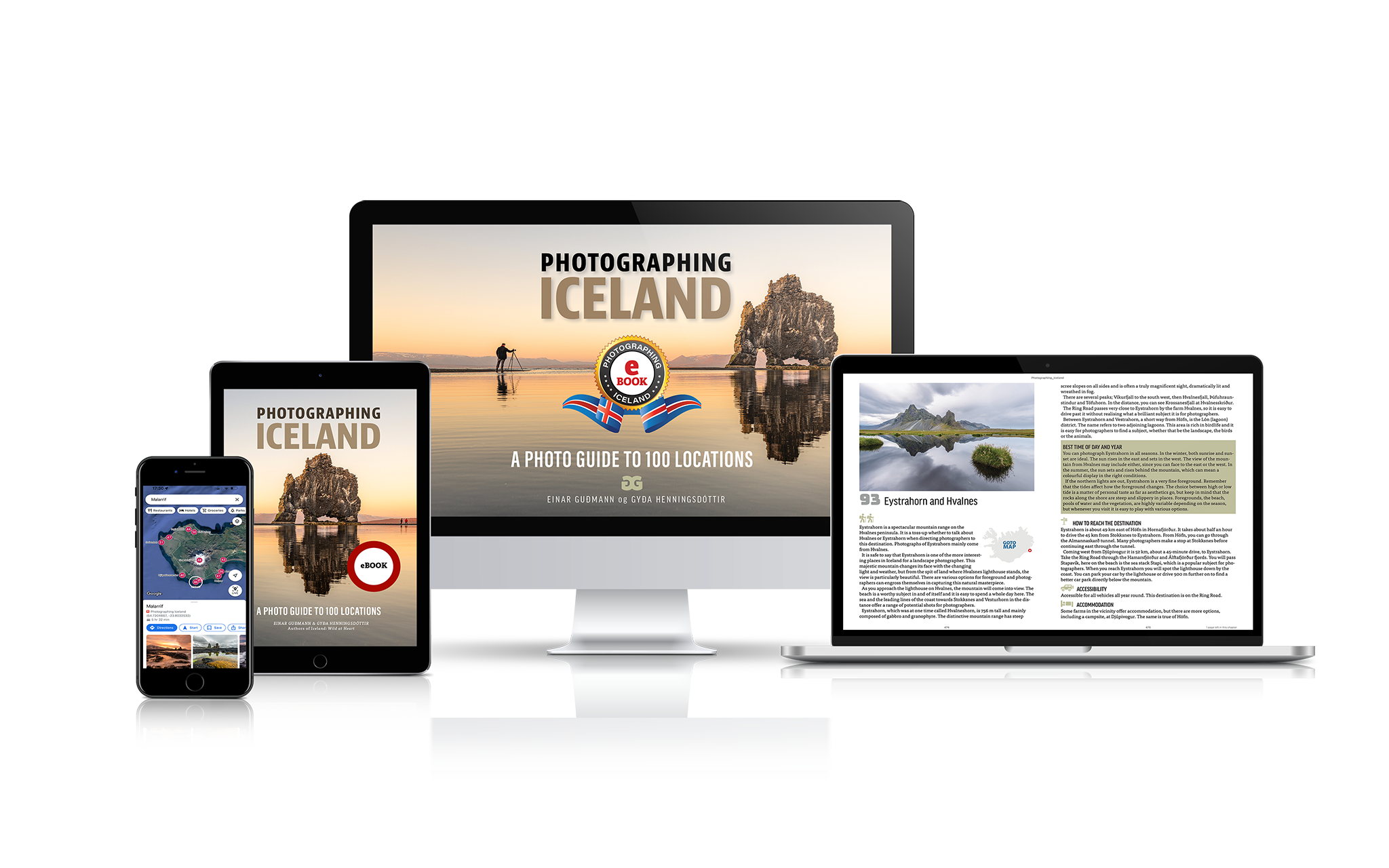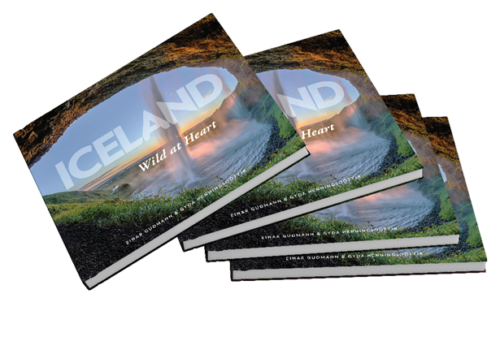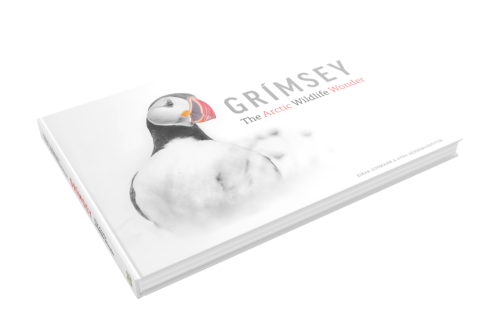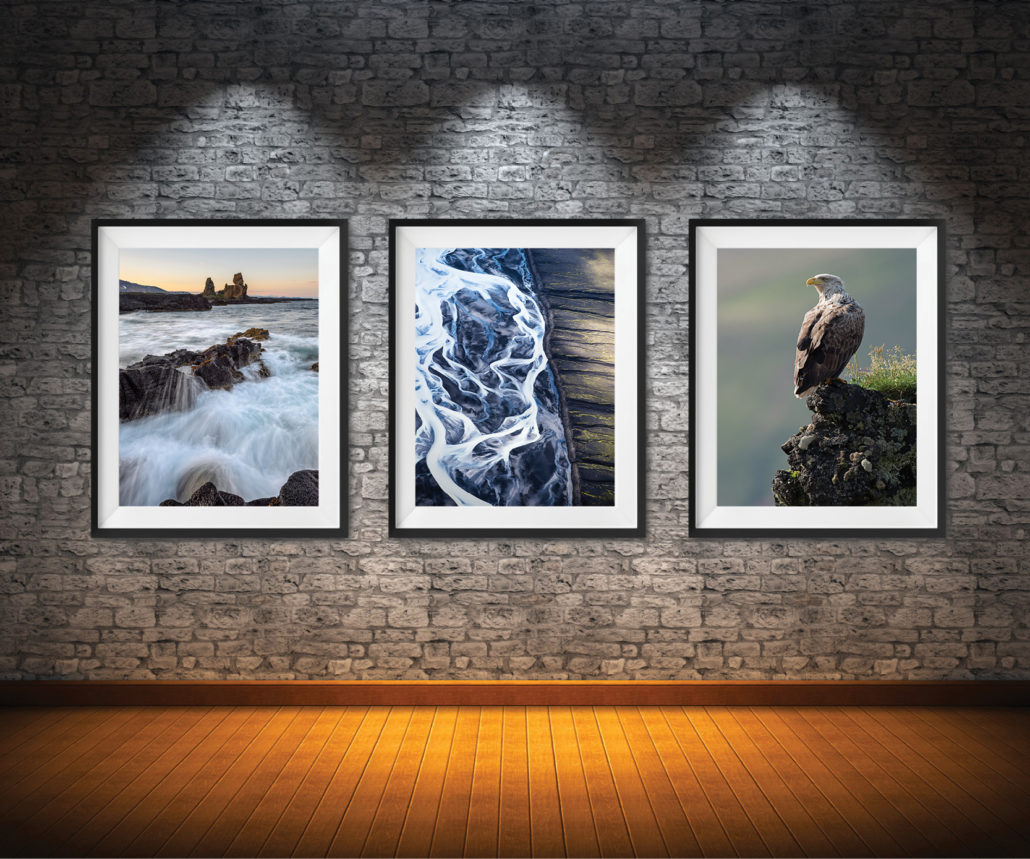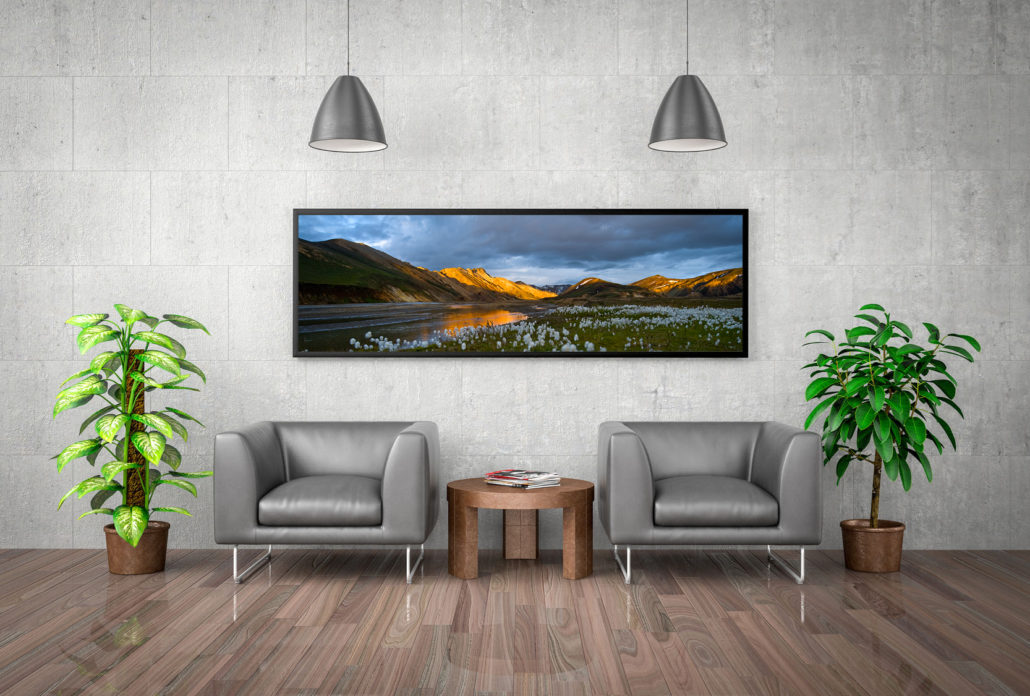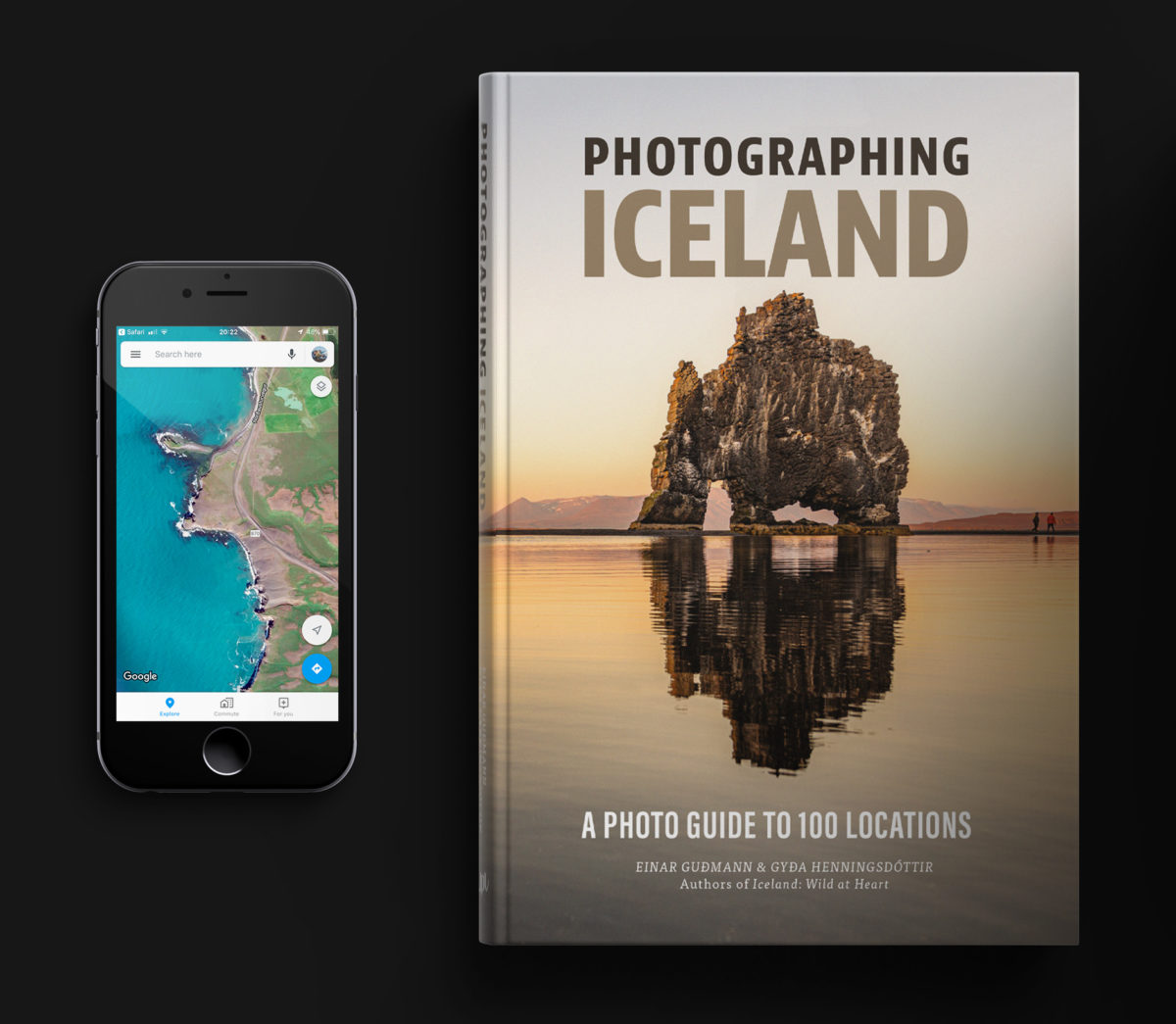
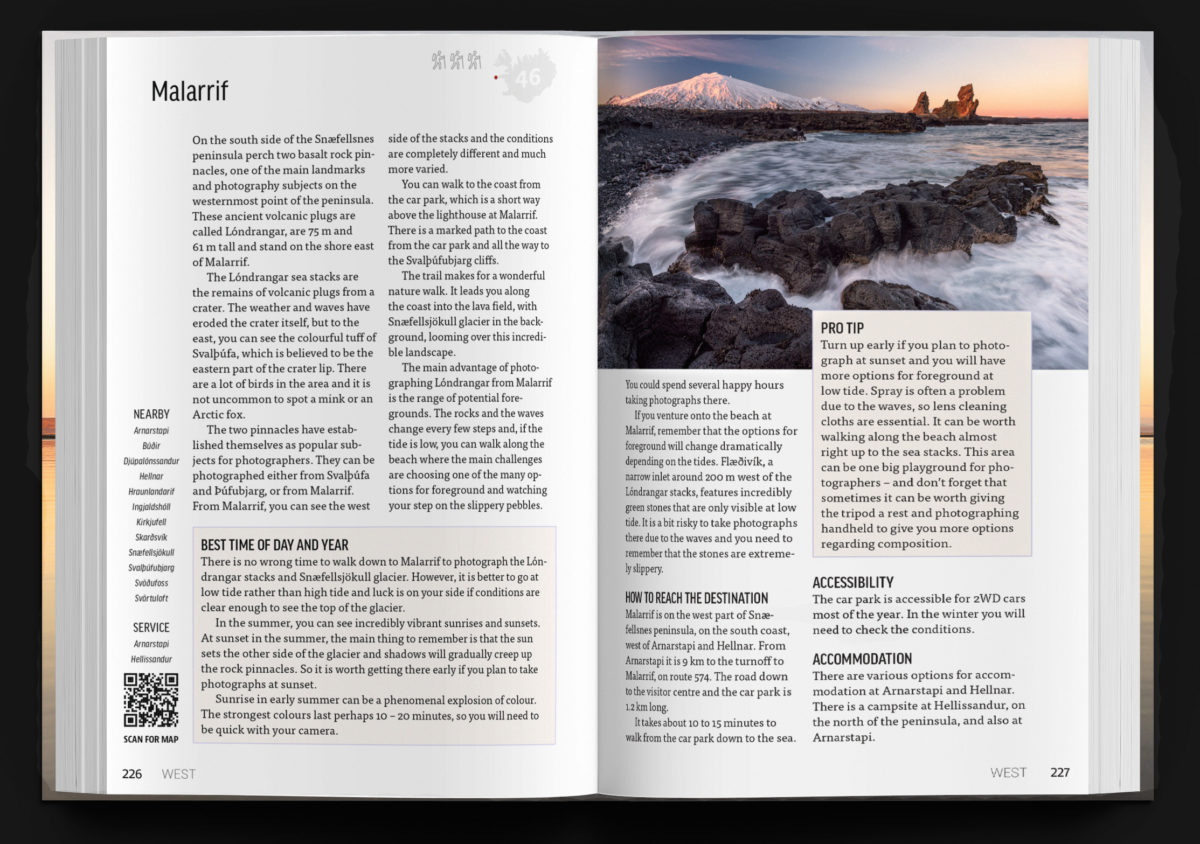 Photographing Iceland is the perfect travel companion for anyone visiting Iceland with a camera. The book is available in our online store (www.ggart.is) with worldwide shipping – and in all major bookstores in Iceland. Check out our video about the book.
Photographing Iceland is the perfect travel companion for anyone visiting Iceland with a camera. The book is available in our online store (www.ggart.is) with worldwide shipping – and in all major bookstores in Iceland. Check out our video about the book.
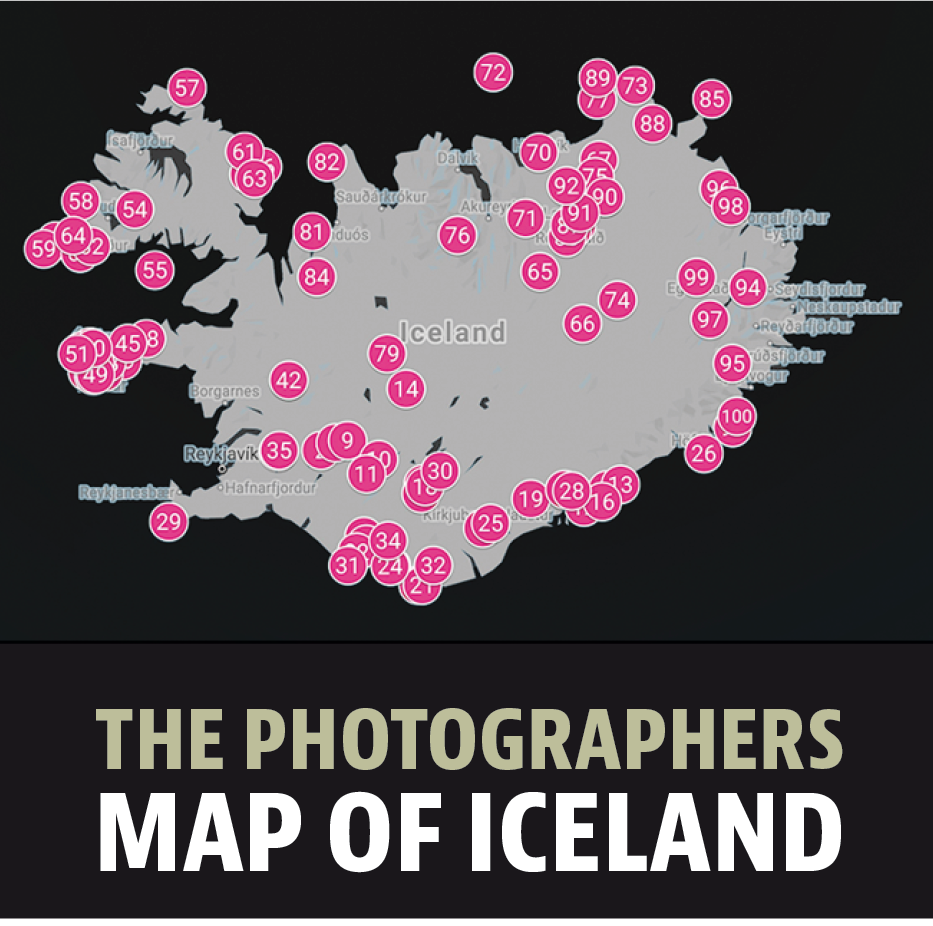 We created this map of Iceland based on our book Photographing Iceland – very useful for photographers. Use the map on your phone and read the book for information, pro photography tips and time saving information.
We created this map of Iceland based on our book Photographing Iceland – very useful for photographers. Use the map on your phone and read the book for information, pro photography tips and time saving information.
Short video about our bestseller book Iceland - wild at heart.
You can order the book from our publisher Forlagid.is publisherIdeas for your home or office
Contact us for quotes on prints.
Visit Gallery Einar
Visit Gallery Gyda
Search gudmann.is images:
Search gyda.is images:

